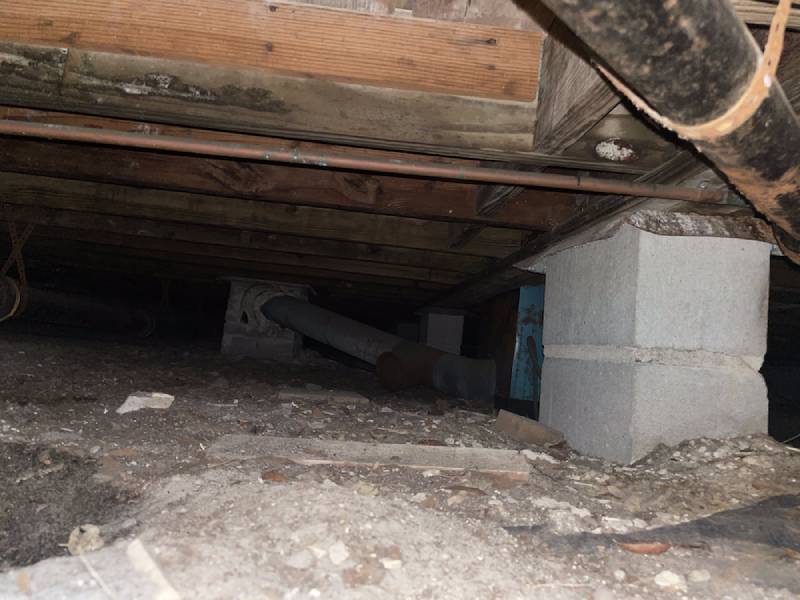How Much Does Basement Mold Removal Cost
Mold is a serious problem that can cause health problems and financial damage. In this article, we’ll explore the basement mold removal cost and provide some tips for keeping your home healthy and mold-free.
The cost of mold removal depends on the size of the problem and the extent of the damage. For example, a small mold problem may cost a few hundred dollars to remediate, while a larger problem could cost several thousand dollars. The best way to determine the cost of your project is to consult with a professional mold remediation company.
Mold removal is not a do-it-yourself project. If you have any doubts about your ability to safely and effectively remove mold, you should hire a professional. Trying to remove mold yourself can cause more damage and actually spread mold spores through your home, which can put your family at risk.
When hiring a professional for basement mold removal, be sure to ask for references and check them out. You should also make sure that the company is licensed and insured.
Once you’ve decided to hire a professional for your basement mold removal project, the next step is to develop a plan. Your plan should include an assessment of the mold problem, a timeline for remediation, and a budget for the project.
If you have a small mold problem, you may be able to remediate it yourself with some basic supplies. However, if you have a larger problem or if you’re unsure about your ability to safely remove mold, you should always consult with a professional.
Remediating a mold problem can be costly, but the long-term health and financial implications of not addressing mold are much greater. If you think you may have a mold problem, don’t hesitate to get professional help.

Basement Mold Removal Cost
There are a few things you can do to prevent mold from growing in your home:
- Keep your home clean and dry: Mold thrives in damp and dirty environments. Vacuum and dust regularly, and mop floors often. Wipe down surfaces after cooking or spills. In the bathroom, use fans to ventilate the space and keep surfaces dry.
- Fix any water leaks: A leaky pipe or roof can provide the perfect conditions for mold to grow. Be sure to repair any leaks as soon as possible.
- Use a dehumidifier: Moisture is essential for mold growth. By keeping the air in your home dry, you can make it less hospitable for mold.
- Inspect your home regularly for signs of mold: If you see any mold, clean it up immediately and take steps to prevent future growth.
- Keep your gutters clean: Clogged gutters can cause water to pool around your foundation, providing the perfect conditions for mold to grow.
Be prepared for floods: If your home is in a flood zone, be sure to have a plan in place for dealing with floodwater. And if you do experience a flood, be sure to dry out your home as quickly as possible to prevent mold growth.
If you have a mold problem, don’t delay in addressing it. The sooner you take action, the less damage it will do to your home and your health.

Mold Removal Cost
https://www.google.com/maps?cid=15880852944090880452







